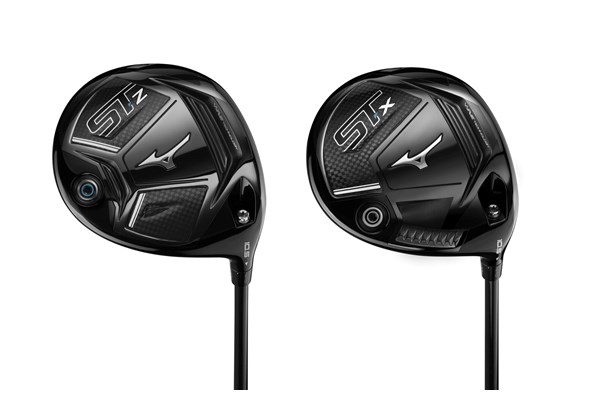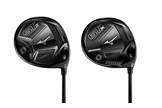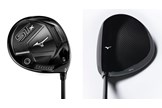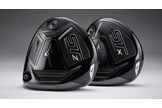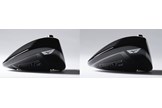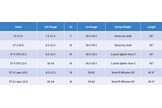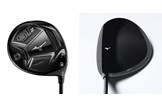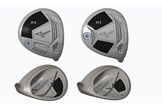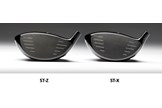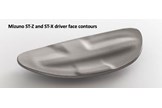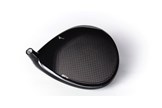Mizuno ST-Z and ST-X driver Review
Last updated:
-
At a glance
- TG Rating
- Owner Rating
What we say...
The Mizuno ST-Z and ST-X drivers are the result of a three-year project to put the brand back at the top of the golf driver speed, distance, and forgiveness tree.
Mizuno drivers have been on a heck of a journey. Back in the 90s when Nick Faldo was a staff player and major winner, Mizuno T-Zoid woods were all the rage. Since then many of Mizuno’s big sticks have been remarked as the best drivers in the game.
But while the brand’s forged irons have maintained their success and sustained the business, a long list of drivers have failed to excite golfers for a generation. So much so, it wasn’t that long ago company insiders were muttering how Mizuno had become a forged iron company.
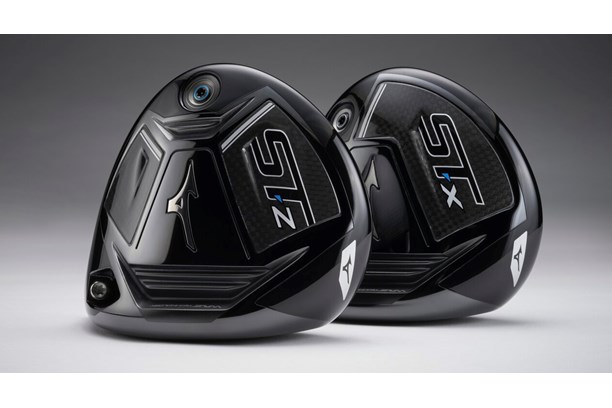
But, thanks to a new three-year driver strategy, Mizuno are now firmly back on the map with sales having doubled in the US in 3 years.
Seven Mizuno drivers were also in play at the Sony Open (PGA Tour) early in 2021, and that number would have been a big fat zero just a decade ago. Incredibly that week Mizuno staff player Keith Mitchell, with a driving average of 326.1 yards, topped the driving distance stats too, meaning the ST-X and ST-Z drivers arrive at a time when the brand has never been in a better position to launch.
But how have Mizuno transformed themselves into a relevant alternative to the game’s biggest brands?
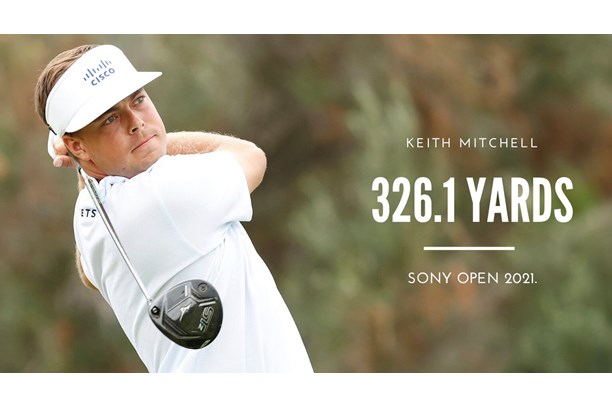
The story starts back in 2017/2018. Mizuno decided to turn their driver development on its head and start by asking their tour pros what they wanted from a driver.
Rather than focusing on what consumers need and then trying to adapt what they come up with to get it played on tour. By focusing on what tour players have said Mizuno have created some of the fastest and most powerful drivers of the last two years, and because they start with players input, pros like Keith Mitchell naturally feel obliged to put them in play too.
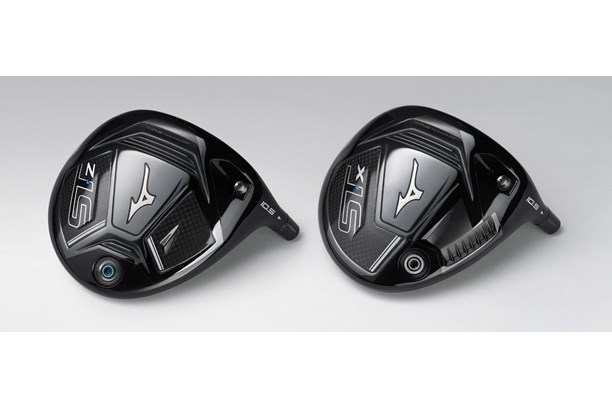
Where does the three-year strategy come in? Well it’s common in Japanese culture for people to switch jobs on a very regular basis. In the past that’s meant an engineer might design drivers for a year, and then find themselves working on wedges or putters. That obviously leads to inconsistencies and different technology stories running through every model.
For the first time with the ST woods Mizuno identified their best wood designer, a guy called Kei Tsuji and charged him with coming up with a three-year plan to make Mizuno drivers great again.
What he’s done has meant there’s now a consistent, coherent story running through all ST drivers. He’s built on each model’s successes and focused year on year on wringing out extra performance from each update. 2021 and the new ST-Z and ST-X are the culmination of Tsuji’s work.
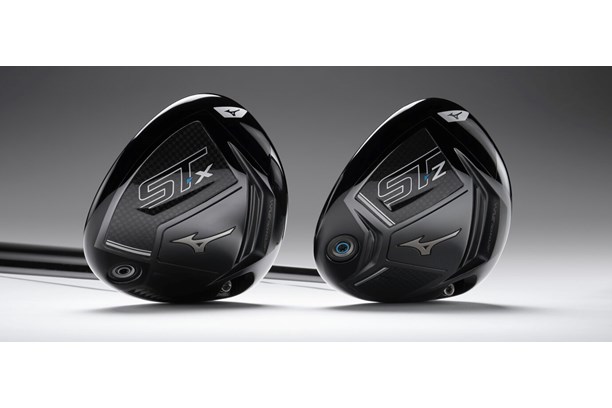
WATCH: The story behind Mizuno’s ST-Z and ST-X drivers
What you need to know about the Mizuno ST-Z and ST-X drivers
Forged SAT 2041 Beta Titanium face
SAT stands for Super Alloy Titanium and the new face material was originally developed for the automotive industry. The material was developed by Nippon and it’s a lightweight and super high strength, but crucially 8% more flexible than a traditional 6-4 titanium driver face.
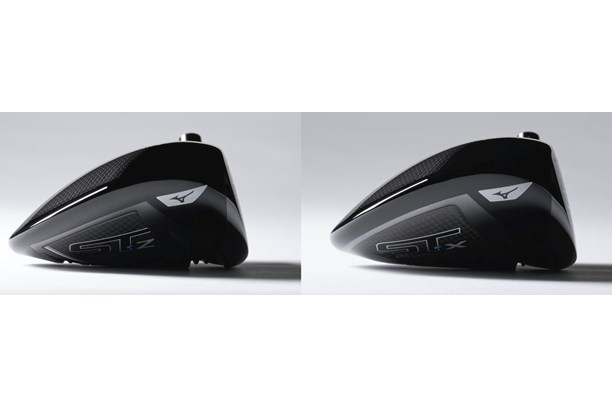
Dense feel
Mizuno’s Chris Voshall reckons tour players specifically asked for a more solid or dense impact sensation from any new driver. By tweaking the new titanium face design, there’s now a crosshair type pattern on the back, and thanks to including vibration-absorbing carbon fiber sole panels there’s now a really pleasing impact sensation.
Where did the names come from?
Previous ST models 180, 190, and 200 were loosely linked to the years they launched (2018, 2019, and 2020). The new ST-Z and ST-X though refer to which axis of the head discretionary weight is positioned on. So the Z axis runs from front to back, and Mizuno’s intention was positioning the CG as close to the neutral axis as possible, so golfers get a deeper CG with low spin and high MOI performance from the ST-Z.
While the X axis runs horizontally through the head (think toe and heel) so more weight is located towards the heel, to provide the ST-X with draw bias and very good MOI performance.
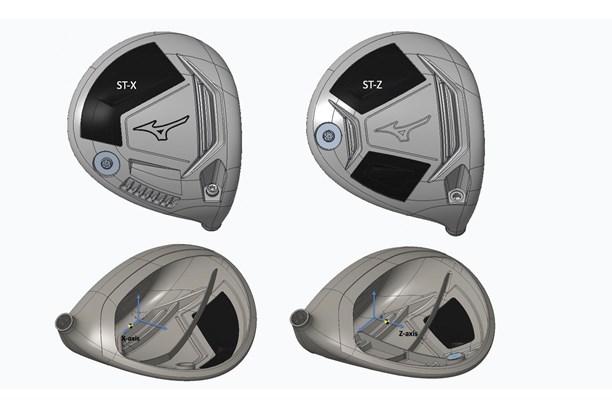
Lightweight composite sole sections
To position the CG accurately Mizuno have used different-sized carbon fiber sole panel configurations to free up inefficient mass within each design. It means the ST-Z has two carbon sole panels (toe and heel) whereas the ST-X has one. The X’s is more towards the toe and larger than the Z’s.
Which shape do you like?
Don’t think of the ST-X driver as a traditional draw model, it’s not. In fact, Mizuno are saying a majority of their tour staff prefer this head shape over the slightly longer, wider ST-Z. Golfers can now decide which shape they prefer and get fit for either, rather than getting pigeonholed into a particular model just based on ability or speed.
At a glance Mizuno ST-Z driver review
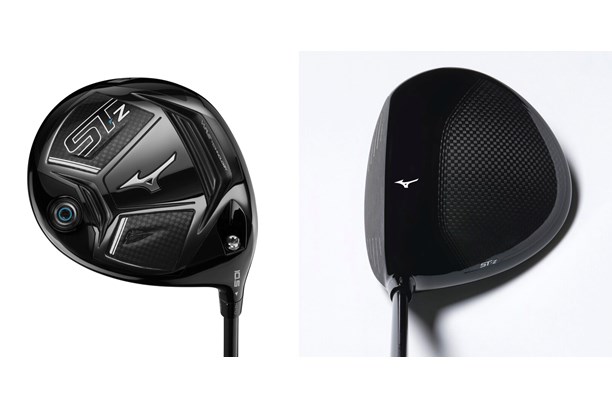
RRP: £399
Lofts: 9.5° / 10.5°
Stock shaft: Project X HZRDUS Smoke Black 60 / 70, Fujikura Motore XF3 50 / 60 /70, Project X Riptide CB 40 / 50 / 60
Adjustable hosel: Yes (+/- 2°)
- The ST-Z is wider from front to back, it has a more modern elongated shape with a wide and low footprint.
- Mizuno say it offers ultra-stable low spin efficiency.
- Expect a very neutral look at address.
- Mizuno reckon the ST-Z is a good choice for straight-line bombers.
Verdict: Mizuno ST-Z driver
Mizuno have made drivers for years. It’s only over the last few though, since they’ve started new development with input from their tour staff, that they’ve really started to be taken seriously. Year on year we’ve seen how the ST180 and ST190 were fast and powerful and then last year the ST200 combined distance with some really good forgiveness numbers too. So it could easily be argued Mizuno are on a roll with drivers.
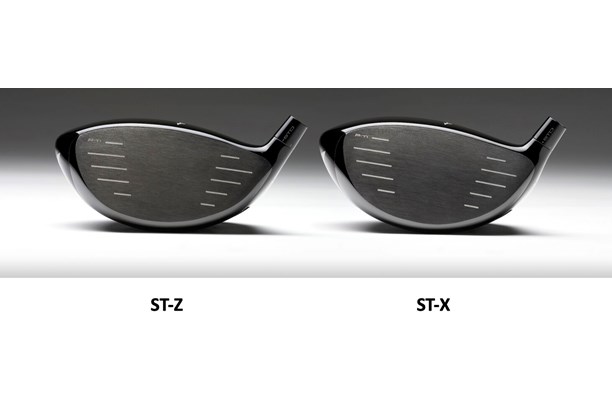
The ST-Z was a stand-out performer in our ‘Best 2021 Driver’ test because the speed and distance numbers (271 yards – that’s 9 yards shorter than our longest traditional forgiving driver) it posted are from a 45” shaft length, which is 0.75” less than the competition.
Look at our drop-off data and it’s easy to see the effect that a shorter shaft has on consistency. The ST-Z was 3rd best at protecting carry distance, 2nd best at protecting ball speed, and flat out 1st at controlling spin difference, which in anybody’s book merits a ‘Best of 2021 award’.
At a glance Mizuno ST-X driver review
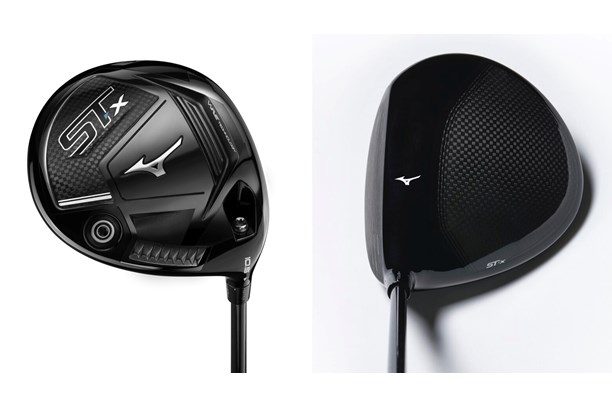
RRP: £399
Lofts: 10.5° / 12°
Stock shaft: Project X HZRDUS Smoke Black 60 / 70, Fujikura Motore XF3 50 / 60 /70, Project X Riptide CB 40 / 50 / 60
Adjustable hosel: Yes (+/- 2°)
- The ST-X is not a traditional draw driver, its shape is preferred by a majority of Mizuno staff players.
- The head is shorter from front to back than the ST-Z.
- The ST-X has a deeper head (more face height) and it’s more upright.
- The ST-X comes in two setups. A standard 11g (blue weight) sole weight is for golfers using traditional weight shafts. Where the 4g (white weight) sole weight setup allows golfers to dial in a super lightweight (39g shaft) J-Spec option.
Watch: Best 2021 Driver video
Verdict: Mizuno ST-X driver
The ST-X seriously challenges what golfers traditionally think of as a draw driver. Arguably it blows the category wide open to miles more golfers than ever before. So if you’re thinking about a Mizuno driver in 2021 you absolutely have to try the X head right alongside the Z. Very slightly the heads a nicer shape than the Z, it sits great at address and thanks to some tweaking the impact sound is just brilliant.
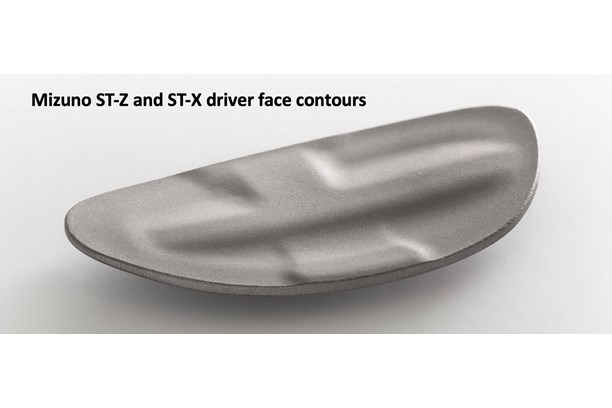
Our test sample (see our draw driver test results here) was set up with the lighter 4g sole weight and a cracking Even Flow Riptide counterbalanced shaft. And that for us is the beauty of this driver, how it can be set up to suit so many different players.
And for those who really struggle for speed the J-Spec (Japan set-up) is a very credible lightweight option, with the capability to sling drives from right to left, which is just the ball flight slightly older Japanese golfers love. A driver that has to be tried alongside the very best before being blindly dismissed.
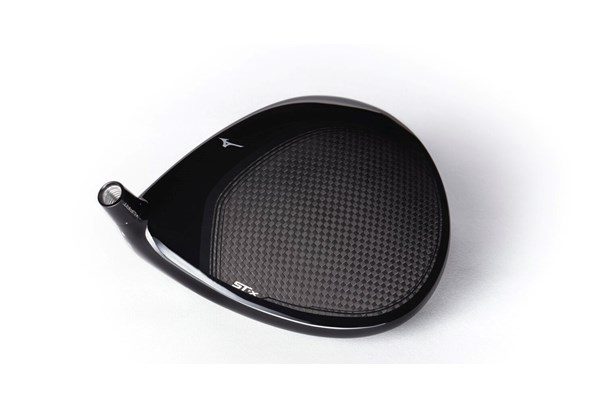
Mizuno’s Chris Voshall on the ST-Z and ST-X drivers
Most of our ST200 tour feedback was on the sensory side, a desire for a sound our players generally described as solid or dense. We spent a year working on improving feedback, hand in hand with releasing the additional ball speed we knew was left in our SAT 2041 Beta Ti face.
The ST-Z’s predecessor the ST200 had a reputation for being a straight-line bomber favoured by our longer hitting tour players, and the ST-Z profile is no different. But with a year’s extra experience of engineering Forged Beta SAT 2041 Ti. we were able to release a little extra ball speed and a much more satisfying experience off the clubface.
In testing, a lot of our tour players preferred the ST-X over the ST-Z for its deeper shape and slightly smaller profile. I’d recommend starting with an open mind and dropping the ST-X alongside the ST-Z in the address position. For a draw-bias driver, it’s not going to be what most players expect.
Mizuno ST-Z and ST-X driver specs
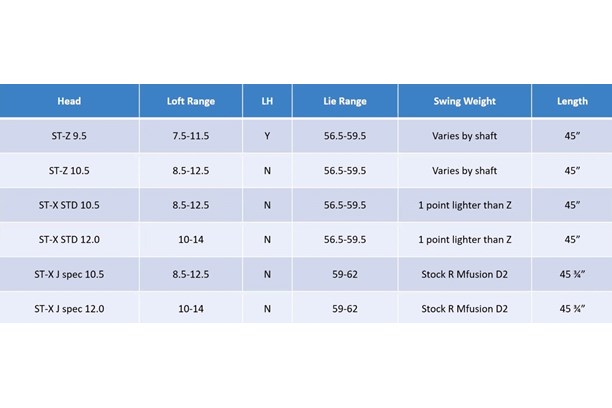
WATCH: Should you use a 47″ driver shaft?
READ NEXT:
– Should you play the Mizuno JPX921 Forged iron?
– How good are the Mizuno M-Craft Milled putters?
– Best Drivers
Product Information
Mizuno ST-Z Driver
RRP: £399
Lofts: 9.5° / 10.5°
Stock Shafts:
Low Launch: Project X HZRDUS Smoke Black 60 / 70
Mid Launch: Fujikura Motore XF3 50 / 60 /70
High Launch: Project X Riptide CB 40 / 50
Stock grip: Lamkin ST+2 Hybrid 360
Adjustable hosel: Yes (+/- 2°)
Mizuno ST-X Driver
RRP: £399
Lofts: 9.5° / 10.5°
Stock Shafts:
Low Launch: Project X HZRDUS Smoke Black 60 / 70
Mid Launch: Fujikura Motore XF3 50 / 60 /70
High Launch: Project X Riptide CB 40 / 50
Stock grip: Lamkin ST+2 Hybrid 360
Adjustable hosel: Yes (+/- 2°)
